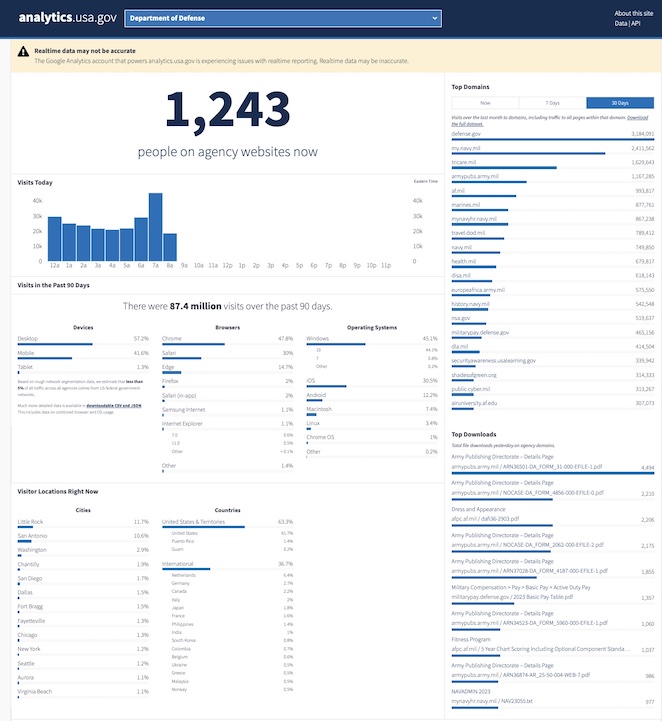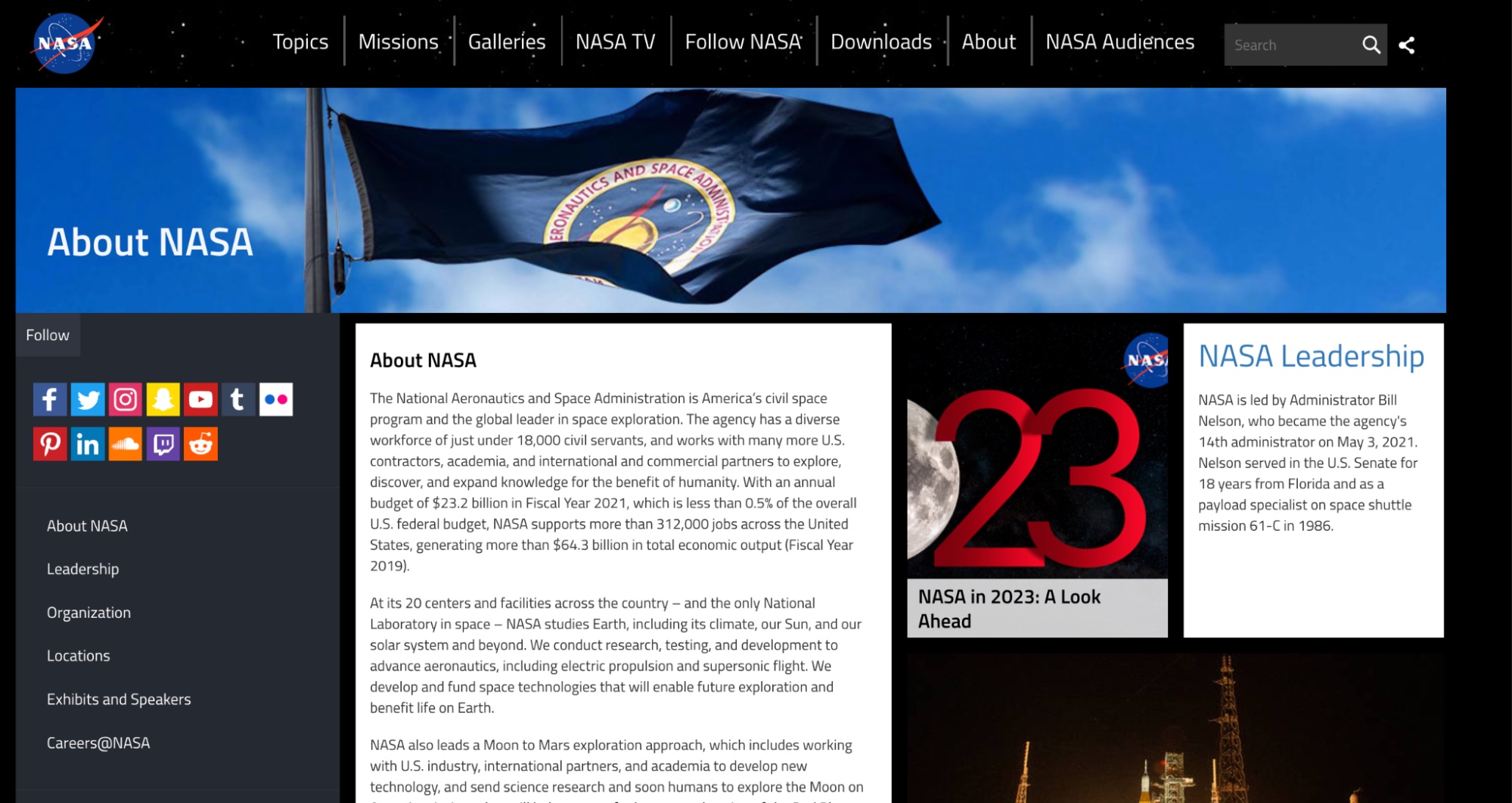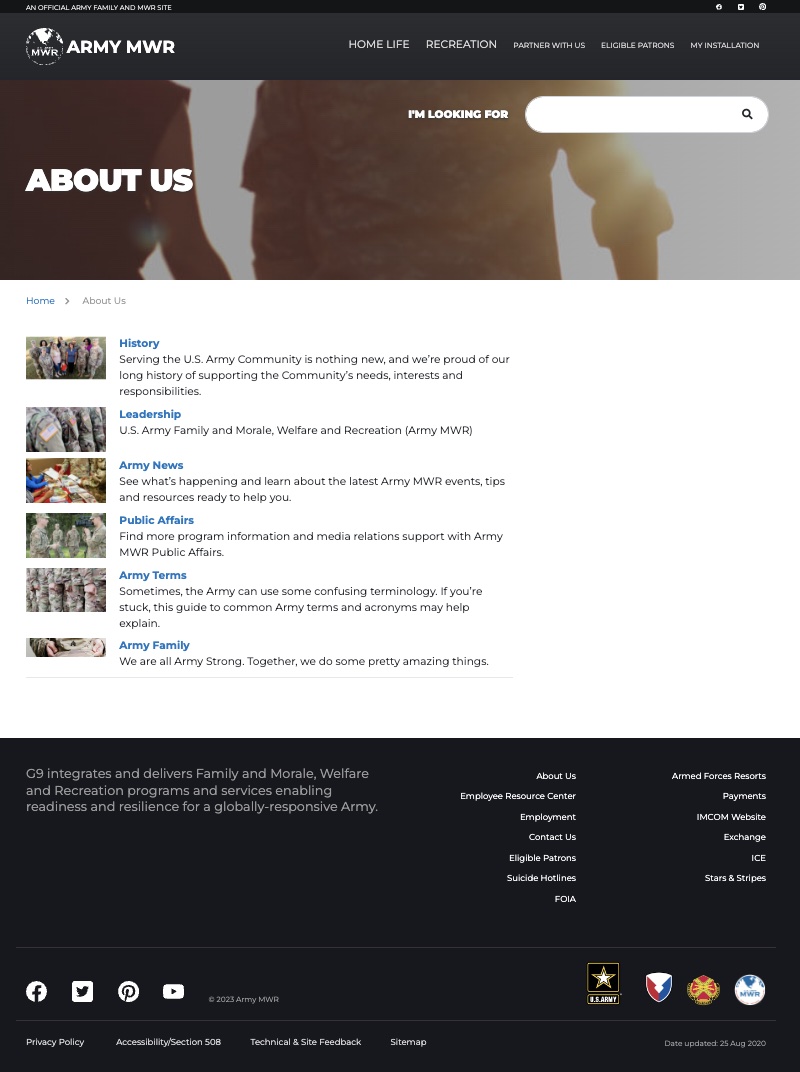Compliance with policies is crucial for government websites to provide the public with accurate and reliable information, improve user experience, and meet compliance requirements. In this article, we will provide an overview of some of the lesser-known policies and tools that can help government websites and agencies meet compliance requirements, such as ensuring accessibility, content, search, and performance measurement.
Accessibility / Section 508
Section 508 requires federal agencies to procure electronic and information technology (EIT) that meets accessibility standards. Compliance with this requirement ensures that government websites are accessible to all users. This includes ensuring that websites have accessible navigation and headings, lists, and tags to enable users to navigate quickly and efficiently to the information they need. These Include:
- Text alternatives: All non-text content, such as images, audio, and video, must have text alternatives that can be read by assistive technology devices.
- Time-based media: All pre-recorded audio and video content must include captions, audio descriptions, and transcripts.
- Color contrast: Websites must use sufficient color contrast to ensure that text and images are visible to users with visual impairments.
- Keyboard access: Websites must be navigable using a keyboard alone, as many users with disabilities may not be able to use a mouse.
- Flashing content: Websites must avoid flashing or blinking content, as this can cause seizures in users with epilepsy.
- PDF accessibility: Websites must ensure that PDF documents are accessible to users with disabilities, such as by providing alternative formats or adding descriptive text to images and graphs within the PDF.
Tools To Help Test Federal Website Accessibility
Ensuring accessibility on government websites is essential for providing the public with accurate and reliable information, improving user experience, and meeting compliance requirements. There are several tools available to help you achieve this. One such tool is the Accessible Name & Description Inspector (ANDI), developed by the Social Security Administration. ANDI is a free, user-friendly tool that can be added to multiple browsers as a bookmarklet without requiring a plugin installation. With its help, you can easily identify and resolve issues with text and non-text content, such as images, links, and video, by providing accessible names and descriptions.
Another useful tool for testing color contrast is the Color Contrast Analyzer (CCA). CCA is a free, open-source tool that displays the contrast ratio for two selected colors. It can be used to inspect color contrast when contrast cannot be programmatically identified by ANDI. Versions of CCA are available for both Windows and macOS.
By using tools like ANDI and CCA, government agencies can promote accessibility and inclusion to fulfill their mission to provide essential services to all users.
Analytics, and Performance Measurement
Improving your government website's search, analytics, and performance measurement is key to enhancing user experience and ensuring compliance. Fortunately, the US government has implemented a range of powerful policies and programs to help you do just that. One of these is the Digital Analytics Program (DAP), a free analytics service provided by the US General Services Administration (GSA). DAP empowers government agencies to track website traffic and user behavior and make data-driven decisions to improve website performance and user experience.
With DAP, you'll have access to a wealth of tools and resources that enable you to unlock the full potential of your government website. DAP is required by the Office of Management and Budget (OMB) memorandum on Policies for Federal Agency Public Websites and Digital Services, which mandates federal agencies to implement the DAP JavaScript code on all public-facing federal websites.
To see DAP in action, visit analytics.usa.gov.

Government Policies for About Pages
All government websites are required to have an "About" page, which includes information about the agency's mission, organizational structure, and statutory authority, as well as links to the agency's strategic plan, annual performance plans, and privacy policy page. On the primary agency site, this information is especially important to provide transparency and build trust with the public.
Examples of great government "About" pages include those that are clear, concise, and provide a wealth of information about the agency and its operations. One such example is the about page for the Department of Health and Human Services, which provides information about the department's mission, leadership, organization, and history, as well as links to key resources and information.
Another example is the about page for the National Aeronautics and Space Administration (NASA), which provides a comprehensive overview of the agency's history, achievements, and astronauts.

Screenshot of NASA's About Us page, providing information about the agency's mission, vision, and history.
The Army MWR (Morale, Welfare, and Recreation) website has a comprehensive and informative "About Us" page. The page provides detailed information about the organization's history, mission, vision, values, and strategic plan. It also includes information about the organizational structure, leadership, and key personnel.

Date Updated
Ensuring that the information on a government website is current and accurate is critical for building public trust and providing valuable services. That's why government organizations require an update date to be displayed on their websites. While it may seem like a small detail, including the date of the last update is a great way to keep citizens informed about the freshness of the information they are accessing.
If you're using a Content Management System to manage your website, it's likely that there's an easy way to automatically display the update date. For instance, Concrete CMS has a built-in feature called "Page Date Modified" that can be added to any page in just a few simple steps. By taking advantage of these types of tools, you can ensure that your government website is compliant and ready to serve the public.
Conclusion
Compliance with government website laws and policies is crucial for government websites to provide the public with accurate and reliable information, improve user experience, and meet compliance requirements. It is important for website owners to ensure compliance with these policies and to use tools such as ANDI, CCA, and DAP to improve accessibility, search, analytics, and performance measurement, and to develop high-quality and informative "About" pages to establish trust and transparency with the public.
Further Reading
Read our additional resources for governments:
- Government Websites Using Concrete CMS
- Government DAM Buying Guide
- How to make U.S Government PIV/CAC Authentication Work
- Lesser Known Requirements For Federal Websites
- Government Website KPIs: How to Choose the Right KPIs for Your Site
-
Open Source For Government and Its Impact on Internal Communications
